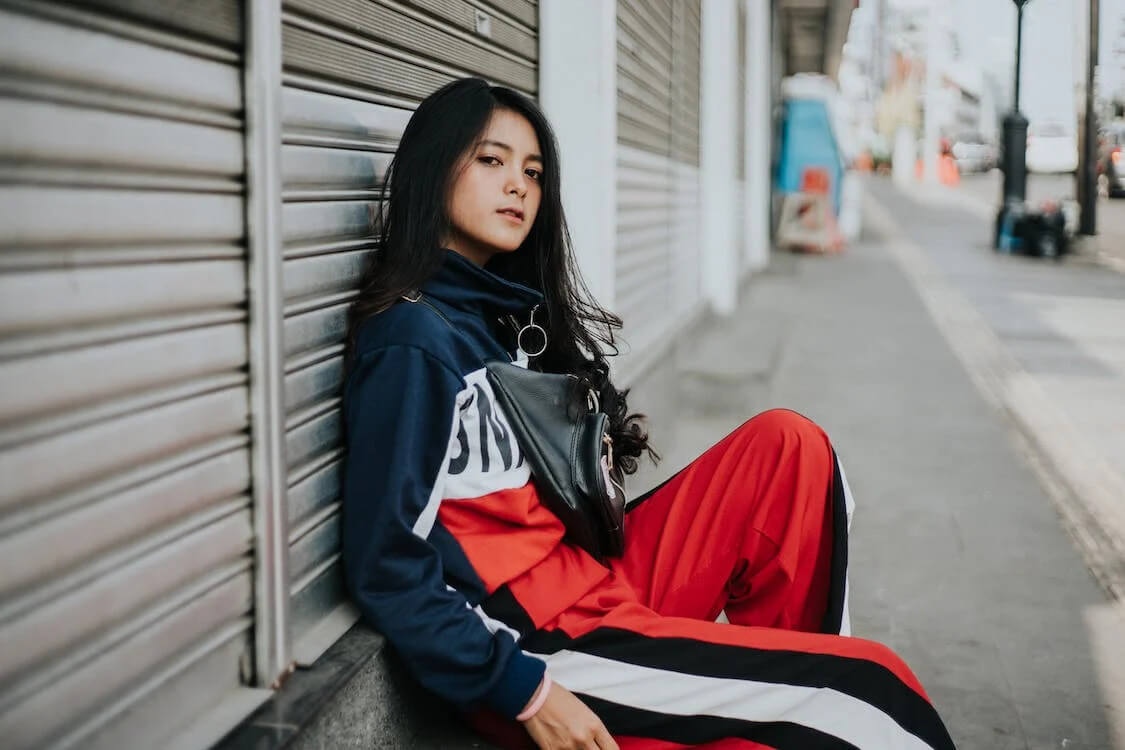Rise of Streetwear: How it’s Changing the Fashion Industry
Streetwear, a fashion style characterized by comfortable, casual, and loose-fitting clothing, has been around for decades. However, in recent years, it has seen a significant rise in popularity, and it’s not just among the youth. Streetwear has become a cultural phenomenon, influencing not just fashion but also music, art, and even politics. In this blog post, we’ll take a look at how streetwear is changing the fashion industry and why it’s become so popular.

1. Streetwear’s Origins
Streetwear has its roots in the 1980s when skaters and surfers began to create their own clothing brands. These brands focused on comfortable, functional clothing that could withstand the rigors of their respective sports. Over time, streetwear began to evolve and include more fashion-forward elements, such as bold graphics and oversized silhouettes.
2. The Rise of Streetwear’s Popularity
In the past decade, streetwear has seen a significant rise in popularity, thanks in part to social media. Instagram and other platforms have allowed streetwear brands to reach a global audience and showcase their designs to a wider audience. Additionally, streetwear has been embraced by celebrities, who have helped to further popularize the style.
3. Streetwear’s Influence on the Fashion Industry
Streetwear has had a significant impact on the fashion industry, with many high-end designers incorporating streetwear elements into their collections. Brands such as Balenciaga and Gucci have begun to incorporate streetwear-inspired elements, such as oversized silhouettes and bold graphics, into their designs. Additionally, streetwear has also influenced the way fashion is consumed, with many streetwear brands releasing limited-edition collections and collaborations to create a sense of exclusivity and scarcity.
4. Streetwear’s Impact on Consumer Behavior
Streetwear has also changed the way consumers shop for fashion. Rather than buying a complete outfit, many streetwear enthusiasts focus on buying individual pieces, such as sneakers or a specific t-shirt, to mix and match with their existing wardrobe. Additionally, streetwear has also been embraced by the second-hand market, with many consumers turning to online marketplaces such as Depop or Grailed to purchase vintage or rare streetwear pieces.
5. Streetwear’s Connection to Music and Art
Streetwear and music have always had a close relationship, and this connection has only grown stronger in recent years. Many streetwear brands collaborate with musicians to create limited-edition collections or merchandise. Additionally, streetwear has also been embraced by the art world, with many streetwear brands incorporating art and graphic design elements into their collections.
6. Streetwear’s Influence on Politics and Social Issues
Streetwear has also been used as a tool for self-expression and political and social activism. Many streetwear brands and designers use their platform to raise awareness for social and political issues, such as racial justice and climate change. Streetwear has also been used to create a sense of community and belonging among marginalized groups, such as the LGBTQ+ community and people of color.
In conclusion, streetwear has come a long way from its origins as a niche fashion style for skaters and surfers. Today, it’s a cultural phenomenon that has influenced not just fashion but also music, art, politics, and consumer behavior. The rise of streetwear has changed the fashion industry, and it’s not slowing down anytime soon. With its mix of comfort, functionality, and fashion-forward elements, it’s no wonder why streetwear has become so popular among people of all ages and backgrounds.
Subscribe to Newsletter




